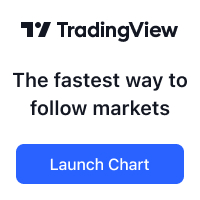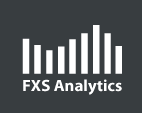Thinking about day trading? Here are the 5 facts about day trading you need to know
Strategy & tools
Free Technical Analysis Handbook
Today more and more investors are warming to the fact that psychology moves markets and therefore fundamental analysis, which fails to properly measure mass investor psychology, must be flawed. Who can blame them? After all, fundamental analysis — based on past company earnings, rating agency projections and the like — proved to be of little […]
Why do I do monthly review, and only monthly?
I don’t have to write another post to tell you why do you need to keep a trading journal. I assume you should know if you are taking trading seriously. But, I guess, most of the traders might have the same problem which I used to have, ‘over review’ your trading result. No doubt, we […]
So you want to learn trading, part I?
I have a couple of friends asking me how to start trading or do I have any tips for them to start trading. Well, I am not a pro, nor a trading coach. But, I can share some great resources that are available online, in the blogosphere. First of all, my trades are based on […]
Current Reading: An American Hedge Fund
I have one new arrival in my trading library. Timothy Sykes‘s An American Hedge Fund. I was surprised to see a ‘Uncorrected Proof’ copy of the book lying in my mailbox. It is my pleasure to have a chance to read Tim’s upcoming book. I will try to finish the book as soon as possible […]
Structure your Entry, a suggestion
Years ago, when I was reading Alexander Elder’s Trading for a Living: Psychology, Trading Tactics, Money Management, the triple screen idea caught my attention. I thought it was a great idea for my swing trading. The basic idea is to have a broader view of your trading time frame, looking at the bigger picture before […]


